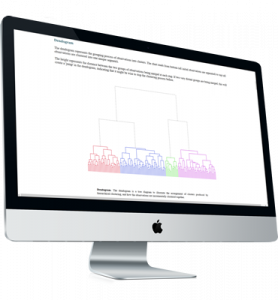
Predictive modeling
The predictive module in Enginius is a powerful and versatile model that helps managers predict a variety of outcomes, such as loyalty, brand choice, response to an offer, expected revenues, and so on, based on a set of available predictors. Once the model has been calibrated on past data, it can be directly applied to new data sets with ease to obtain predictions.
What you put in...
- Customer’s choice data for alternative offerings
- Customer ratings of alternative offerings on their key attributes
What you get out...
- Purchase probabilities, predicted and observed choices of customers
- Factors influencing customer choice, including brand as well as performance attributes
Key features
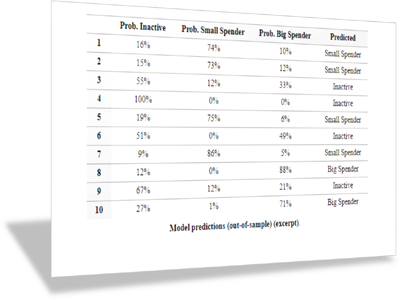
Versatile predictive models
Enginius can predict different types of variables, such as binary outcomes (which customers will buy, churn, or click?), multinomial outcomes (which brand will they choose?), or continuous ones (how much will they spend?), all from the same simple interface.
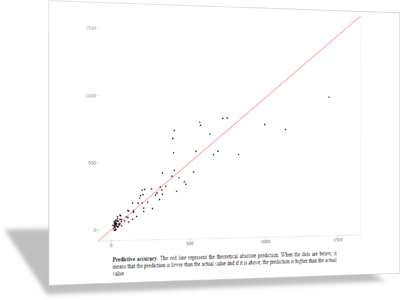
Discrete-continuous model
The discrete-continuous model is a powerful variant where the model predicts at the same time who will make a purchase, and if so, for how much? The target variable is therefore either a zero (no purchase) or an amount, and the same predictor is allowed to have a positive impact on one component of the model, but a negative impact on another. For instance, customers who usually purchase for small quantities might experience a higher chance of making a future purchase (higher likelihood) but for a smaller amount (lower value). These moving parts are independently estimated, and then combined to compute the net effect of each predictor.
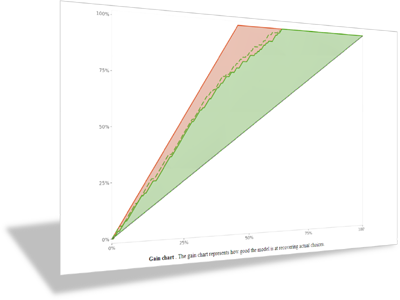
Multifold-cross validation
Cross-validation is a well-known mechanism to estimate the robustness of the predictions, and assess whether a good fit is not only achieved by chance, and that the model does not simply capture noise. Performing multifold-cross validation with Enginius is as simple as clicking on a button.
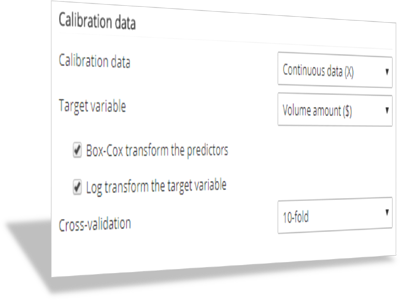
Built-in data transformation
Real data is often skewed. For instance, most purchase amounts will be within the same range, but some observations will be outliers and may prevent the model to correctly fit the data. Rather than getting rid of valuable observations, Enginius allows you to automatically transform both the predictors and the target variable with the click of a button (Cox-Box or log-transforms). Categorical predictors (e.g., “male”, “high value”, etc.) will be automatically transformed and discretized as well.
About predictive modeling
The Customer Choice (Logit) model is an individual-level response model that helps to analyze and explain the choices individual customers make in the market. The Customer Choice model helps firms to understand the extent to which such factors as price of a brand or its ease of installation influence a customer’s choice of a brand. A brand’s purchase probability at the individual level is equivalent to the brand’s market share at the market level.
Firms can use Customer Choice analysis to develop marketing programs that are tailored to specific market segments, or even tailored to individual customers.
This model uses the following input:
- Single Alternative/Boolean
This method analyzes only one option instead of choosing one among several alternatives. For this analysis, only one brand’s data is required. - Multiple Alternatives
This method considers customer response across a subset of related competitors. For this analysis, the following data is required for all competing brands involved in the study.
For each customer, the data that goes into this model is a set of ratings on various attributes of each alternative (either single alternative “yes/no” response, or multiple alternatives “chose one of N” response) involved in the study, and the alternative that the customer chose in each period. For the “Single Alternative/Boolean” option, this would be a 1 or 0, depending on whether or not the customer chose this alternative. For the “Multiple Alternatives” option, one alternative would be a 1 to indicate the alternative chosen during this period, while the others remain 0 to indicate that this particular customer did not choose the other alternatives.


